Meres and Marshes Tour Sunday 2nd March
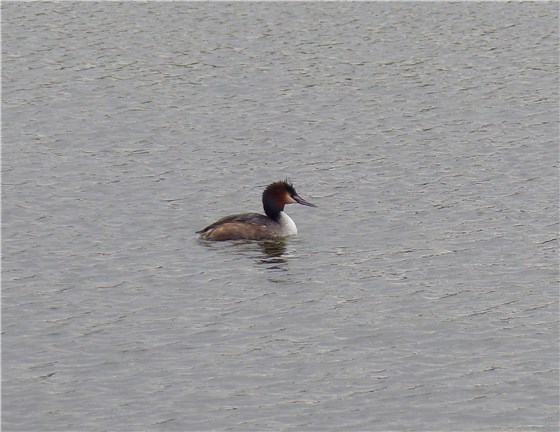
We met Peter and Margaret and headed north for Mere Sands Wood Lancashire Wildlife Trust Reserve. The reserve was alive with birds and we enjoyed visiting the hides overlooking the lake. Great crested Grebes were diving for fish, three Goosander were loafing on the water and best of all a splash of colour - a stunning Kingfisher!
The woodland around the lake held lots of birds, a Nuthatch called loudly from the tree tops, two Goldcrests showed off and a Great spotted Woodpecker climbed a birch tree.
At the feeders behind the Visitor Centre we were delighted to see a gang of Tree Sparrows - a species that has vanished from our home area in North Wales.
We headed over towards RSPB Marshside, on the way we stopped off to see a Little Owl another species that has greatly declined in North Wales. We timed our arrival at Marshside perfectly, the ten meter tide was rising quickly and flooding the marsh, pushing thousands of birds towards us!
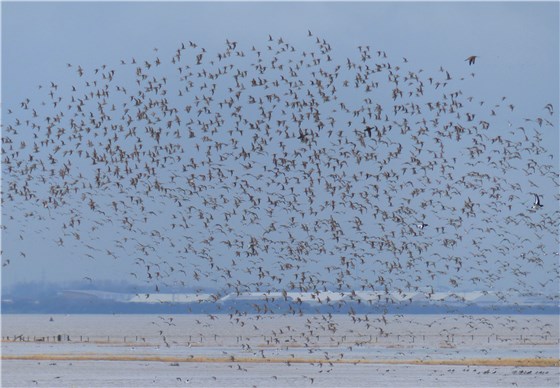
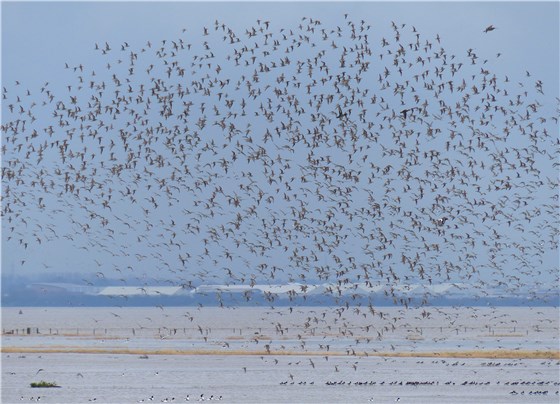
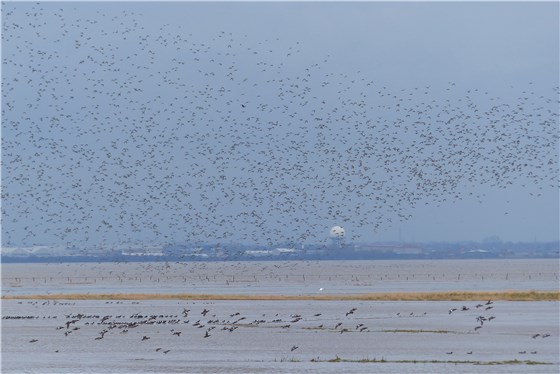
A breath taking bird spectacle as swarms of birds filled the air. The rising water was reducing the area left for the birds and flocks joined and moved closer and closer, just brilliant birding! Knot, Dunlin, Bar-tailed Godwit, Grey Plover, Redshank, Oystercatcher and Curlew all circled over the rising tide making wonderful patterns in the air.
As the tide came high and higher a Great white Egret flew in and landed on a small island alongside a Little Egret, great to compare the two species.
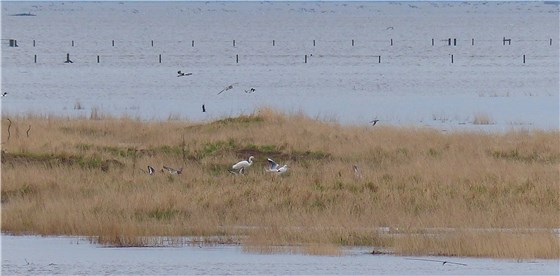
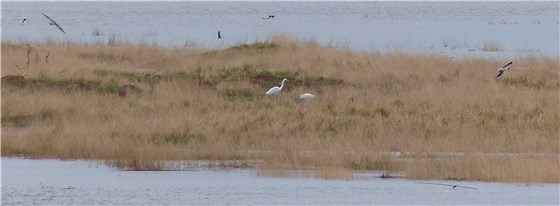
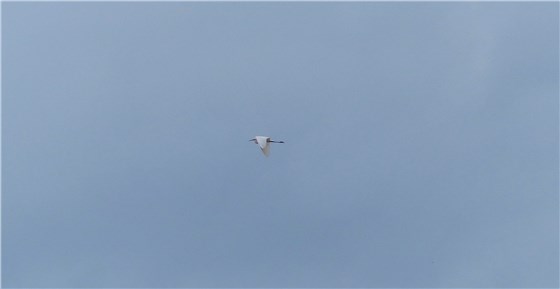
The water rose and rose and the egrets were forced to move on, later we saw two Great white Egrets at the edge of the tide, wonderful to see these scarce birds so close. A Merlin shot along the seawall and thousands of Pink-footed Geese and even more Wigeon flew right over our heaeds as birds moved from the flooded estuary on to the RSPB reserve fields.
We checked out the reserve, now that the tide had completly flooded the saltmarsh, and it was packed with waders and wildfowl. A superb spectacle to see so many birds in one place. Eight Avocets were amongst the throng of birds, newly arrived migrants.
We then headed over to Martin Mere WWT Reserve where we enjoyed a great lunch in the cafe before heading out to explore the reserve. We enjoyed more Tree Sparrows on the feeders here and lots more waders and wildfowl on the pools and fields. It is great that visitors can enjoy close up views of wild birds here.
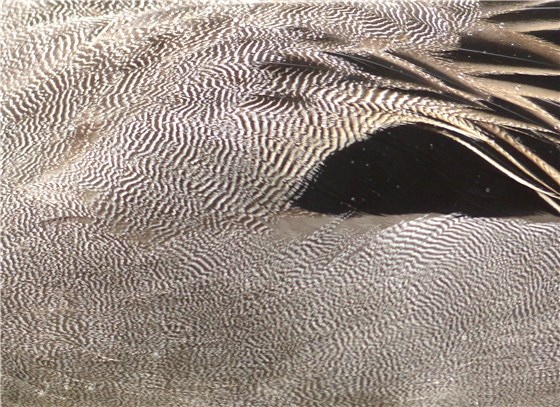
We encountered more Avocets from the Ron Barker hide, 41 of these delicate birds were feeding in the shallows here. Also a pair of Ringed Plovers were looking interested in one of the shingle islands, Spring is in the air. Lots of Wigeon and Teal were on the pools and a gang of Ruff flew in and joined the Avocets.
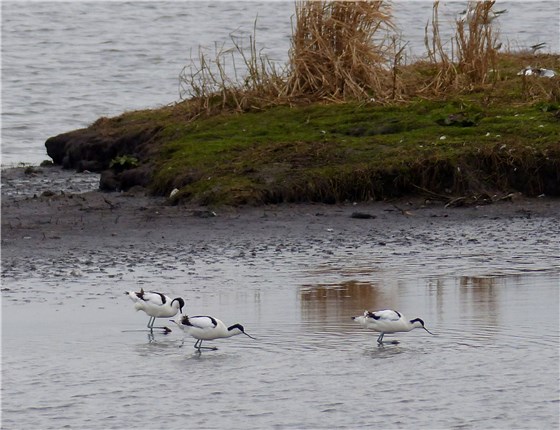

We then made our way to the Raine's Observatory that over looks the mere where the swans are fed. One of the reserves volunteers was in the hide and gave us a great deal of information about the Whooper Swans including details of their migrations. Amazing birds and enthralling to hear the details of a radio tracked birds jouneys between Lancashire and the breeding grounds in Iceland.
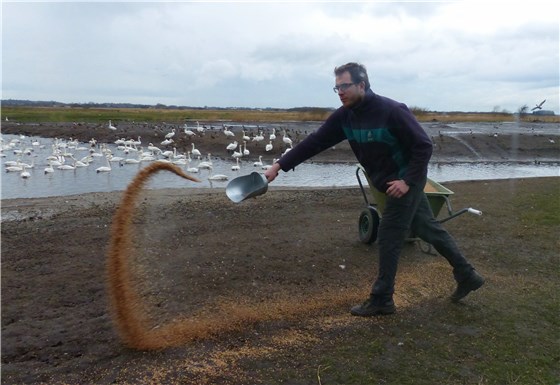
At three thirty the swan feed toke place right outside the hide and the birds massed waiting for a free meal. It was wonderful to be so close to so many wild birds.
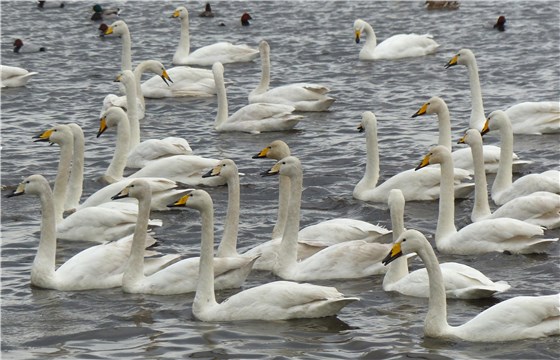
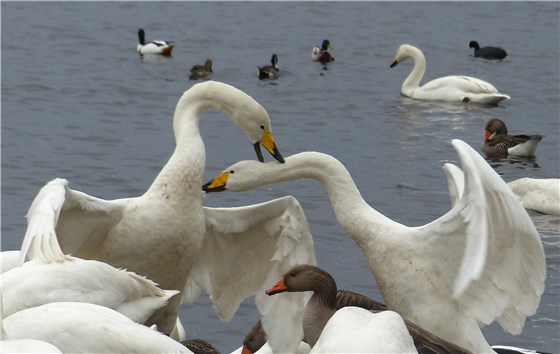
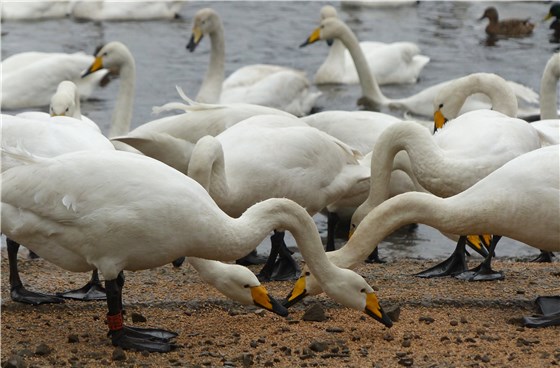
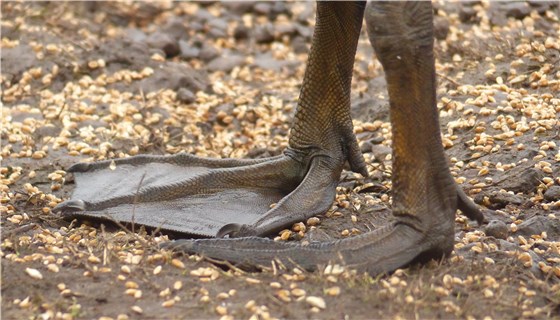
Some of the Whooper Swans were a little lacking in table manners but a few hard pecks seemed to sort out the pecking order over dinner! All this was being played out just a few feet in front of us, wonderful.
Over on the other side of the mere we were thrilled to watch a male Ruff in near full breeding plumage - a very rare sight at anytime but in early March un-heard of! What a stunning bird, perhaps the very mild winter had triggered his moult very early?
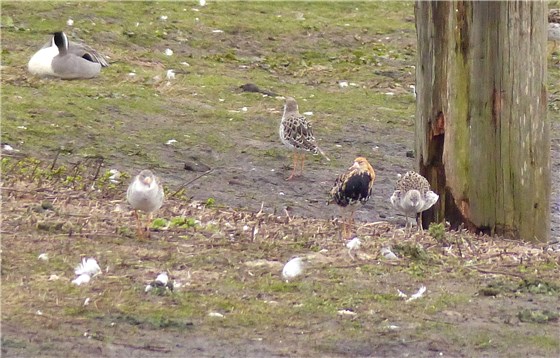
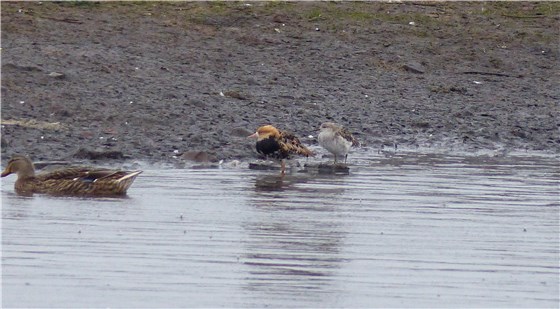
A superb bird to finish our "Meres and Marshes Tour" on and a huge thank you to Peter and Margaret for making the day so much fun!